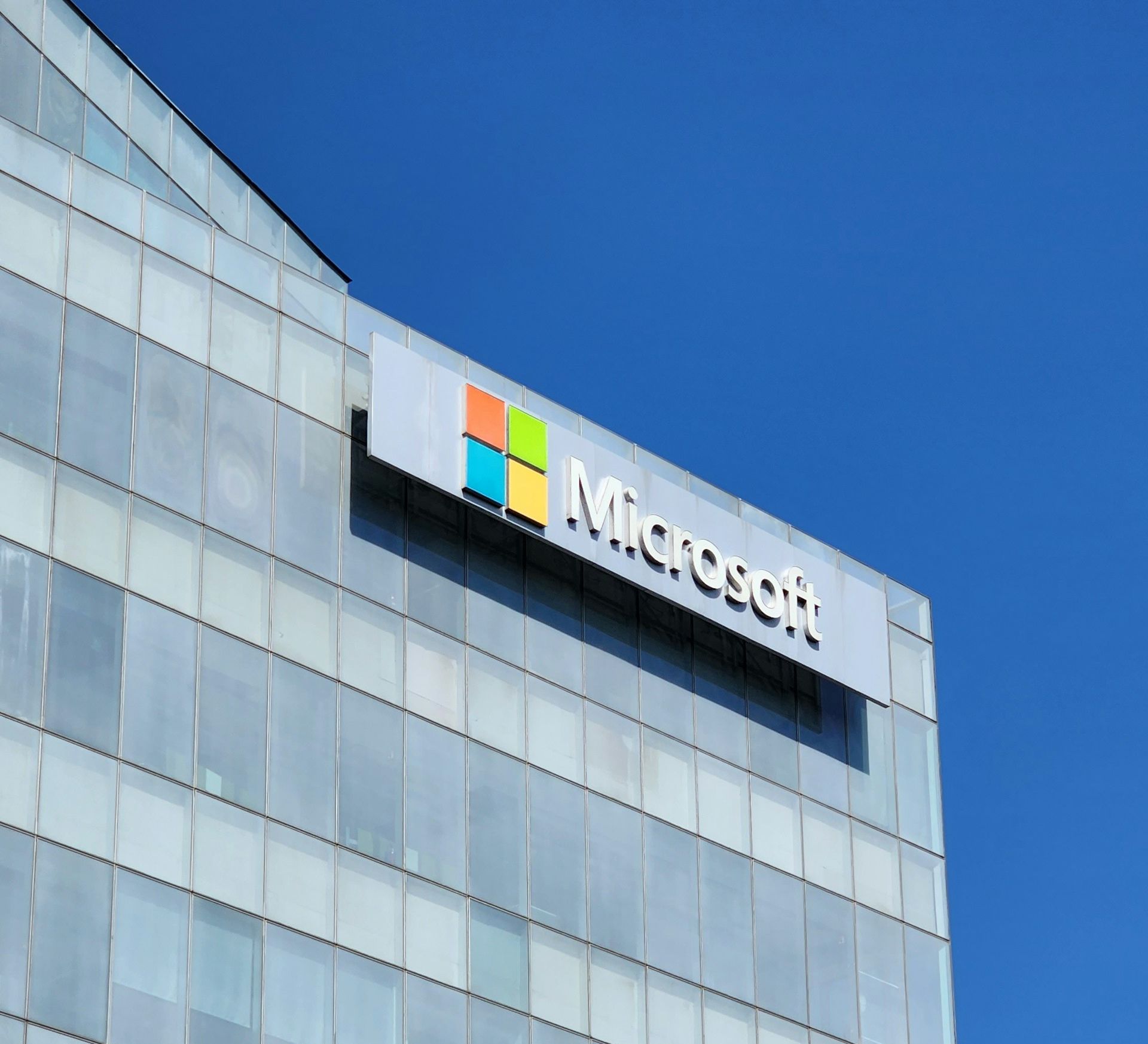The urgency with which Microsoft is moving to contain a new cyber breach—one targeting its core server software used by governments and major corporations—marks more than another chapter in cybersecurity vulnerability. It reopens a foundational question for policymakers and capital allocators: can the global infrastructure backbone still be trusted when the control layer is increasingly a single vendor?
This isn't just an IT failure. It's a risk transmission vector with geopolitical, institutional, and economic dimensions. The breach is active, with Microsoft admitting to “a nation-state actor” exploiting a zero-day vulnerability in the infrastructure that underpins email systems, authentication servers, and identity layers across sectors. What’s at stake is not just operational continuity—but the confidence architecture of government, finance, and critical infrastructure systems worldwide.
The hack, identified by Microsoft as originating from a state-linked Chinese group dubbed “Storm-0558,” targeted Outlook email systems through token forging techniques. But the deeper issue isn’t this individual method—it’s the structural dependency revealed. This attack reportedly allowed unauthorized access to inboxes across multiple US government agencies, defense contractors, and regional governments. Reports suggest at least two dozen organizations were compromised before detection.
That time lag is critical. Detection gaps mean operational exposure, data exfiltration, and potentially silent manipulation. From a macro-capital lens, this breach is a clear signal of how deeply embedded—and thus vulnerable—Microsoft’s infrastructure stack has become. That risk is compounded by the fact that governments themselves are bound to Microsoft’s cloud and on-premise authentication systems.
What began as a product flaw has now evolved into a multi-domain stressor: security, vendor concentration, and geopolitical exposure.
Governments across the West, especially in the Five Eyes alliance, are most exposed—not because of active breaches alone, but because of latent architectural risk. This includes:
- Identity services: Microsoft’s Active Directory and Azure AD are foundational to access control across sensitive state and corporate systems.
- Communication layers: Outlook and Exchange form the backbone of federal and enterprise email systems.
- Incident response reliance: Even remediation cycles rely on Microsoft issuing the patch, framing the breach narrative, and controlling downstream access.
The concern isn’t just that the breach occurred—but that it took place through a vendor bottleneck that even sovereign actors can’t easily hedge against.
This is vendor lock-in not just in software terms, but in institutional posture. Without viable alternatives for identity orchestration at global scale, states are functionally dependent on Microsoft’s threat management cadence, patch cycles, and disclosure integrity.
From a capital allocator’s view, this translates into systemic IT concentration risk—one that can’t be diversified away via procurement. It calls into question assumptions about digital sovereignty, cloud strategy, and public sector modernization.
Regulatory bodies such as CISA (US) and NCSC (UK) have issued advisories, but we’ve yet to see coordinated institutional decoupling from the Microsoft stack. That’s not inertia—it’s architectural friction. There are no ready substitutes that can match Microsoft’s interoperability at scale.
In this context, liquidity response takes a different form: not capital injections, but patch prioritization, vendor renegotiation, and internal security audits. The question now is whether procurement officers, sovereign funds, and central digital agencies will escalate their diversification mandates—or continue to rationalize this as an unpreventable incident.
There’s precedent here. The 2020 SolarWinds breach triggered high-level scrutiny, but little structural change in vendor concentration. This time, the attack vector sits within the authentication layer—a far more sensitive trust domain.
Should another breach surface—especially one with latent sabotage rather than data theft—central banks, SWFs, and public infrastructure funds may be compelled to price in digital systemic risk more aggressively.
While capital markets may not reprice Microsoft stock materially in the short term, institutional behavior will shift. Already, some regional governments in Europe and Asia are reported to be reviewing their reliance on Microsoft authentication layers. In parallel, cybersecurity budget increases are likely to flow toward endpoint monitoring, zero-trust architectures, and external threat simulations.
From a regional lens, this could reopen the cloud sovereignty debate in the EU and accelerate the decoupling rhetoric in China. For the Gulf, where public-sector digitization runs through US tech infrastructure, it may prompt a more cautious review of identity and access governance frameworks.
This will not spark mass vendor exits—but it will recalibrate board-level risk assessments and procurement accountability, particularly in state-aligned entities and mission-critical infrastructure.
This breach doesn’t signal a singular Microsoft failure. It marks a moment of collective realization: cyber resilience is no longer about endpoint coverage or firewall sophistication—it’s about architectural concentration, escalation routes, and institutional control over trust surfaces.
For sovereign allocators and policymakers, the implication is quiet but consequential: dependency on a single infrastructure orchestrator—even one as operationally competent as Microsoft—represents a latent capital risk that has outgrown IT categorization. This isn’t merely about threat actors evolving. It’s about institutional ecosystems that no longer own their perimeter of trust.
This breach may trigger no mass capital outflow. But it will sharpen the scrutiny over digital sovereignty, procurement centralization, and whether today’s cyber posture can support tomorrow’s political autonomy.




.jpg&w=3840&q=75)









